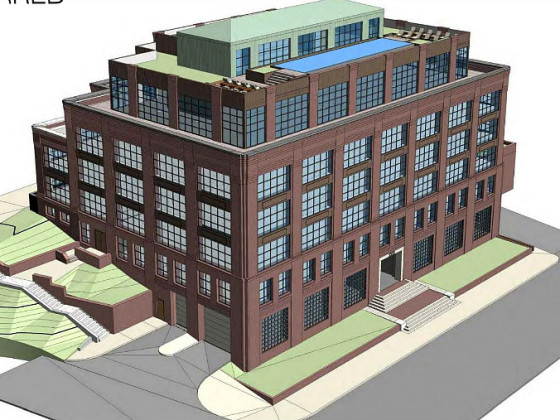 Payback on Your Green Home Investment
Payback on Your Green Home Investment
✉️ Want to forward this article? Click here.

If you are in the market for a new home these days, you are likely seeing more options when it comes to energy efficient properties, and you are wondering what upfront premium those higher-performing homes will deliver in the near term. This is where a real shift in the real estate market is occurring.
In short, there will be some higher upfront costs if you purchase a green home, and if you are on the typical five-year real estate plan (i.e., hoping to sell and upgrade within five years) the “green payback” will fall outside that period.
However, there is another way to look at how you can recoup your investment. The life cycle of a high-performing home tends to far exceed that of a lower-efficiency home, and that advantage carries a value with it to the next owner who lives in the home. It is your responsibility as an owner to pass this knowledge on to prospective buyers so that they understand the extra value they would receive by purchasing a higher-performing home. If you do so effectively, you should be able to command a higher resale price.
Granted, that explanation might be too vague for those who want to see the savings quantified in hard dollars and cents. After all, saving money is part of the wave of energy-efficient measures sweeping across the housing market. I tour green buildings being built across the DC region weekly, and I can attest that these money-saving efforts are evident well before the drywall even goes up.
Developers now understand the value of increased insulation and some are even incorporating air sealing strategies throughout the building frame with internet-based building control systems for HVAC and lighting. Air sealing is one of the most efficient ways to reduce the amount of conditioned air you pay for, increase the efficiency of the insulation and reduce the likelihood of weatherization damage due to condensation issues behind walls. These are all things that will save you money in the long term.
When it comes to saving money on gas and electricity, EPA’s Energy Star program pegs the average annual utility savings on a three-bedroom Energy Star-rated home between $200 and $400 per year. That may not seem like a lot, but it is important to remember that here in the Mid-Atlantic region utility costs are frequently well above the national average—and so the savings would be higher, too.
As more developers begin measuring green home performance with actual tests, we are seeing energy efficiency valuation take on real meaning for both consumers and appraisers. While payback on a green home investment is not always immediate, smart buyers will recognize the value and be ahead of the curve.
For additional information or questions concerning green building in the Washington region, feel free to send an email to Michael@greenDCrealty.com.
See other articles related to: green real estate dc
This article originally published at http://dc.urbanturf.production.logicbrush.com/articles/blog/payback_on_your_green_home_investment/1343.
Most Popular... This Week • Last 30 Days • Ever

Today, UrbanTurf offers a brief explanation of what it means to lock in an interest r... read »

An application extending approval of Friendship Center, a 310-unit development along ... read »

The 30,000 square-foot home along the Potomac River sold at auction on Thursday night... read »

A key approval could be coming for a proposal to convert a Georgetown office building... read »

A new report shows that asking rents across the DC region saw some of the largest dec... read »
DC Real Estate Guides
Short guides to navigating the DC-area real estate market
We've collected all our helpful guides for buying, selling and renting in and around Washington, DC in one place. Start browsing below!
First-Timer Primers
Intro guides for first-time home buyers
Unique Spaces
Awesome and unusual real estate from across the DC Metro














